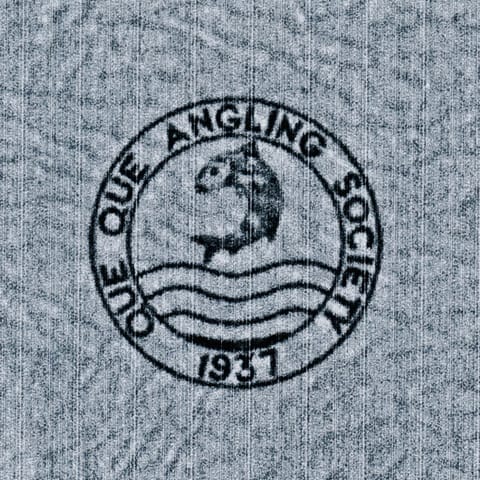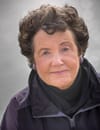Fisherman's Paradise

Que Que Angling Society 1937
Fisherman’s Paradise
Mr. George Venturas sold furniture, Jackson electric stoves and Electrolux and cold-spot refrigerators from his shop diagonally opposite the Menashe’s first store with the house in the back on First Avenue. He was the agent for Phillips, Pye, and Zenith radios. He sold bicycles as well, but most importantly he carried the biggest variety of fishing tackle in Que Que, along with guns and ammunition.
Fisherman’s Paradise
Mr. Venturas was a small and swarthy Greek immigrant, who was big on fishing. He was an Honorable Life Member of the Que Que Angling Society formed in 1937.
There are no hard and fast rules on how to catch a fish, but Mr. Venturas could supply you with the tackle and bait you needed to put your own theories into practice. In his shop window was his pride and joy: a display of record stuffed fish, a testament to his own fishing prowess.
Que Que was fortunate in being blessed with many rivers in the outlying area: The Que Que and Bembezaan feeding into the Sebakwe, the Ngesi into the Umniati. Ultimately they fed into the Sanyati which fell down off the Great Dyke into the Zambezi Valley to the north and eventually to the Indian Ocean far away to the east.
At the beginning of the sixteenth century, when Monomotapa ruled, the first European explorer, a Portuguese, Fernandes, camped on the banks of the Sebakwe not five miles from Que Que.
Three and a half centuries would pass before Petrus Jacobs and Jan Viljoen the elephant hunters, Thomas Baines the artist and Selous the explorer, in their turn would pass this way and camp on the rivers in the Que Que area, which flowed perennially in those days.
In time seventeen dams were built on the Que Que’s four rivers and there were twenty four pools on the map. Many more secret and hidden spots along the bends in the rivers had their following.
Mr. Venturas had the very light tackle and rods needed for large and small mouth bream that were great for the table but also good fighters. He did a good trade in the spoons, spinners and hooks for the favorite sport fish of all, the tigerfish. There was heavy tackle for vundu and barbel. He knew the likes of yellow fish, bottle nose, chenga and Cornish Jack.
He freely gave advice on live bait: worms, flying ants and grasshoppers for bream, small fish, or frogs and strips of tiger fish underbelly, for tiger fish. Vundu would take almost anything from sardines to mice or chicken, worms or lizards.
The prime fishing river was the Umniati River eighteen miles north of Que Que but for proximity the Sebakwe River where it crosses the main road to Salisbury was not a bad spot.
When Nick Benatar and Abe Menashe were home from boarding school at Chaplain andPrince Edward’s respectively, they teamed up. Nick was big and strong and three years older. He had a bicycle. Abe used to ride straddled on the cross bar and help pedal by pushing down as the pedal came up to meet him. They would regularly ride the five miles out to the Sebakwe River bridge. They longed to fish but lacked rod and tackle.
Mr. Venturas procured the very first tandem bicycle in town. He displayed it in the shop window. It was irresistible. Abe and Nick persuaded him to let them take it out on a test run. Now Abe could do his fair share of the pedaling. Out they rode on the strip road to the Sebakwe River Bridge. A crowd gathered on First Street with Mr. Venturus to welcome them back. He was anxious to get the bike back unscratched. The crowd, especially the mothers, were anxious to see the boys back unscathed.
Abe did finally get to fish in Lake Kariba thirty years later after the mighty Zambezi was dammed.
Many thanks to Tess Harris (nee Banfield) for a copy of Que Que Waters and Fish produced by the Que Que Angling Society, 1953 and to Abe Menashe for the story.
